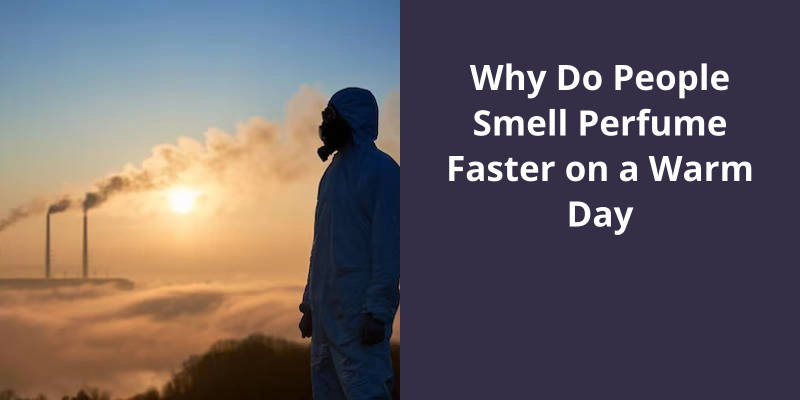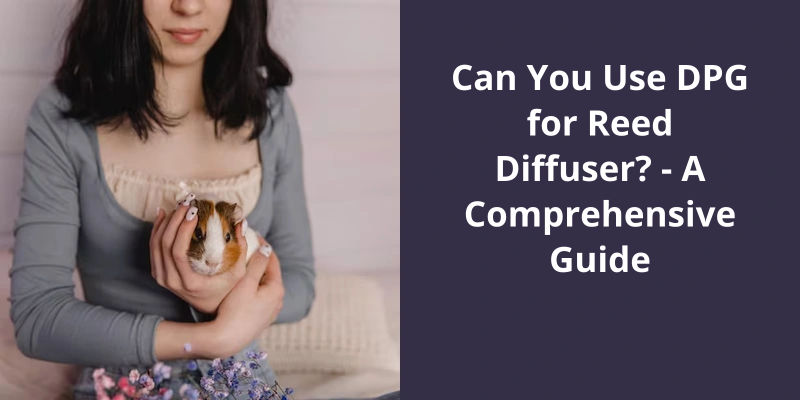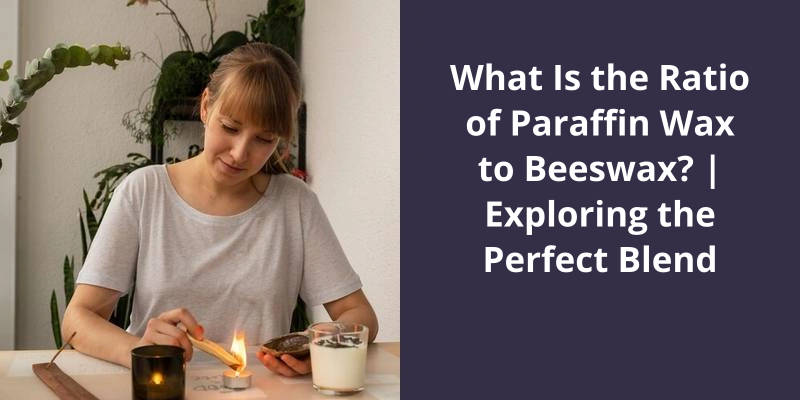A substitute for Dipropylene Glycol (DPG) could be Isopropyl Myristate (IPM) or Fractionated Coconut Oil, which is also known as MCT (Medium Chain Triglyceride) Oil. These are often used in the fragrance industry and can be suitable alternatives depending on the required application due to their similar properties and roles in enhancing the longevity of the scent and allowing a controlled and sustained release. However, it’s crucial to always consider the individual properties, potential allergies or reactions, and the compatibility with other components in your formula before you use a substitute for DPG.

What Is the Purpose of DPG in Perfume?
In perfume making, DPG plays a similar role as it does in incense making; it’s a diluting agent that helps to disperse the fragrance and increase it’s longevity. Perfume is made up of many different ingredients, some of which can be very volatile and evaporate quickly, leaving the scent to dissipate rapidly. DPG also helps to soften the harsher notes in a scent, making it more balanced and elegant.
It’s a long shelf life and isn’t prone to oxidation or breakdown, which can happen with some other types of carrier oils. This means that perfumers can create scents that will last for many years without losing their potency or becoming rancid.
It’s a very mild, slightly sweet scent that can enhance the overall fragrance profile. It’s often used in conjunction with other carrier oils, such as jojoba or coconut oil, to create a more complex and nuanced perfume formula.
It’s a versatile, reliable, and easy-to-use ingredient that plays a crucial role in the perfume-making process. It’s mild scent and stability make it a popular choice for perfumers and fragrance enthusiasts alike.
How to Properly Use DPG in Perfume Making
- DPG stands for Dipropylene glycol, which is a solvent commonly used in the fragrance industry to dilute and extend aromatic materials.
- It’s a colorless and odorless liquid that’s water-soluble and has a low toxicity level.
- When using DPG in perfume making, it’s important to measure carefully to ensure the desired scent concentration is achieved.
- It can be added in small amounts to the fragrance oil, and then mixed well before adding to the alcohol base.
- DPG can also help to enhance the longevity and diffusion of the fragrance.
- It’s recommended to use DPG at a maximum concentration of 20% in perfume formulations.
- DPG can also be used as a carrier for essential oils and other fragrance ingredients.
- Proper storage of DPG is important, as it should be kept in a cool and dry place, away from direct sunlight and heat sources.
Now that we understand the basics of Dipropylene Glycol Regular Grade, let’s delve deeper into it’s uses and benefits in various industries.
What Is DPG Made Of?
DPG is a popular chemical compound that’s widely used in several industries. It’s a colorless and odorless liquid that’s derived from propylene oxide. DPG is known for it’s versatility and suitability for different applications. It’s widely used as a solvent, carrier, diluent, and humectant in various formulations.
It’s derived from propylene oxide and has a purity of greater than 99%.
What Are the Various Applications of DPG in Different Industries?
- DPG is used as a solvent in the manufacturing of pharmaceuticals.
- It’s used as a plasticizer in the production of plastic goods.
- DPG is added to cosmetic products as a humectant to retain moisture.
- In the food industry, DPG is used as a flavoring agent.
- It’s used as a wetting agent and dispersant in the petroleum industry.
- DPG is a key ingredient in brake fluids due to it’s high boiling point and low freezing point.
- It’s also used in the production of printing inks and paints as a viscosity regulator.
When it comes to comparing MPG and DPG, it’s important to note that these two glycols have different origins and chemical compositions. While both are colorless, nearly odorless liquids, MPG is a by-product of Propylene Oxide and is generated by adding water, while DPG is a by-product from monopropylene glycol production. Additionally, DPG is a mixture of three isomeric chemical compounds, while MPG is a single compound. Let’s take a closer look at their individual properties and applications.
What Is the Difference Between MPG and DPG?
The main difference between MPG and DPG lies in their chemical structure and properties. This structural difference gives rise to distinct physical and chemical properties, such as boiling point, toxicity, and solubility.
This makes it a preferred choice for many commercial applications, especially in bulk quantities. However, for some specialized applications, such as cosmetics and pharmaceuticals, DPG may be preferred due to it’s higher purity and lower toxicity.
Source: Propylene Glycol – BASF Product Finder
Conclusion
In conclusion, finding substitutes for chemicals that are harmful to the environment and human health is essential. However, further research is necessary to investigate MPO's efficiency and potential impact on the environment. As the demand for environmentally friendly solutions increases, it’s crucial to continue exploring alternative chemicals that can serve the same purpose without causing harm. It’s vital to prioritize the sustainability and preservation of our planet and it’s inhabitants when making decisions that have the potential to impact the environment.





